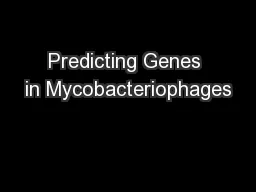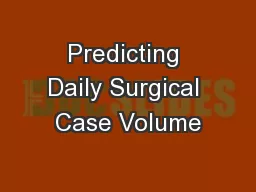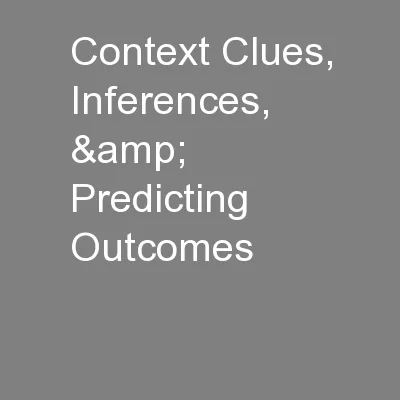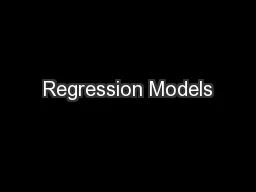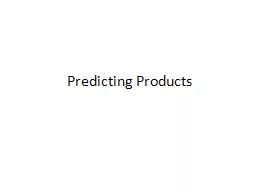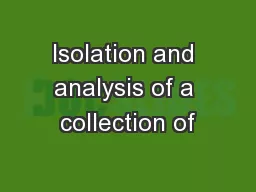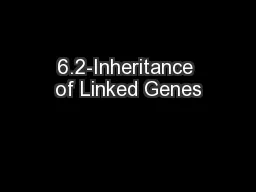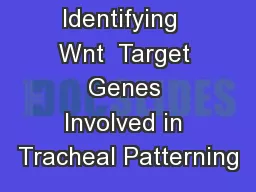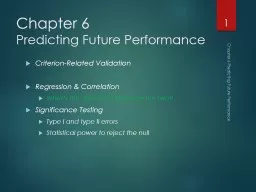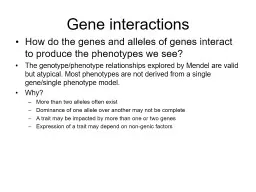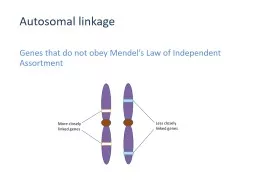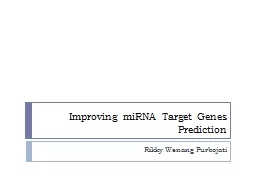PPT-Predicting Genes in Mycobacteriophages
Author : phoebe-click | Published Date : 2016-04-27
December 8 2014 2014 In S ilico Workshop Training D JacobsSera Since the beginning of time woman being human has tried to make order and sense out of her surroundings
Presentation Embed Code
Download Presentation
Download Presentation The PPT/PDF document "Predicting Genes in Mycobacteriophages" is the property of its rightful owner. Permission is granted to download and print the materials on this website for personal, non-commercial use only, and to display it on your personal computer provided you do not modify the materials and that you retain all copyright notices contained in the materials. By downloading content from our website, you accept the terms of this agreement.
Predicting Genes in Mycobacteriophages: Transcript
Download Rules Of Document
"Predicting Genes in Mycobacteriophages"The content belongs to its owner. You may download and print it for personal use, without modification, and keep all copyright notices. By downloading, you agree to these terms.
Related Documents

